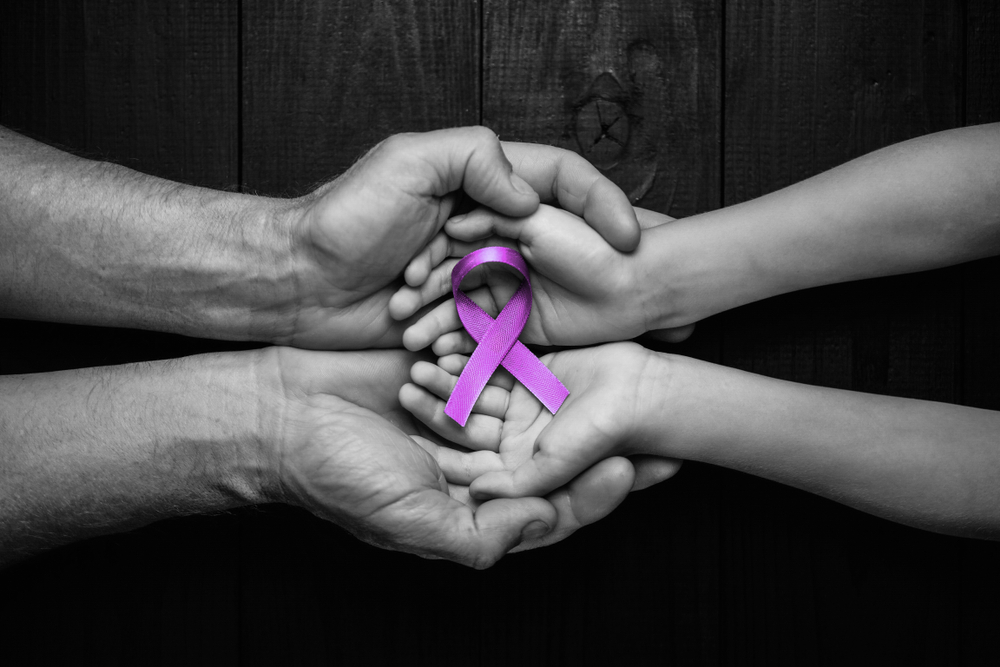Your child’s brain is an incredible electrical system. Billions of neurons firing in perfect harmony to create thoughts, movements, feelings, and memories. But sometimes, that delicate electrical balance gets disrupted. When it does, a seizure can happen. For families dealing with childhood epilepsy, these neural disruptions become an unwelcome part of life they must learn to navigate.
The word “seizure” conjures dramatic images. A child suddenly falling, limbs shaking uncontrollably, maybe even turning blue. But the reality of childhood seizures is far more complex and often more subtle. Understanding what’s really happening can transform how you respond to and manage your child’s epilepsy.
The seizures that don’t look like seizures
The most shocking truth many parents discover is that seizures often look nothing like what they expected. While the dramatic convulsive seizures we’ve all seen in movies do happen, many children experience types that are easy to miss or misinterpret.
Absence seizures can appear as simple daydreaming. Your child might suddenly stare into space for several seconds, their eyes possibly fluttering slightly, before snapping back to awareness with no memory of what just happened. Teachers often mistake these for attention problems or behavioral issues.
Focal seizures might cause repetitive movements like lip-smacking, picking at clothes, or unusual posturing of a limb. Some children report strange sensations like tingling, unusual smells, or stomach discomfort that actually signal seizure activity in specific brain regions.
Some of the most confusing seizures manifest as sudden emotional changes. Your normally happy child might suddenly experience overwhelming fear, anger, or even inappropriate laughter with no apparent trigger. These emotional seizures often get misdiagnosed as psychiatric issues or behavioral problems.
The triggers hiding in everyday life
For many children with epilepsy, certain factors can increase the likelihood of seizures. Understanding these triggers can be a powerful tool for seizure management.
Sleep deprivation ranks among the most common triggers. Even missing an hour or two of sleep can lower the seizure threshold in vulnerable brains. This makes consistent sleep schedules crucially important, even on weekends and holidays.
Screen time presents a complex challenge for families. The flickering light from screens, particularly at certain frequencies, can trigger seizures in some children with photosensitive epilepsy. But completely banning screens isn’t always practical or necessary. Working with your neurologist to establish safe guidelines makes more sense than blanket prohibitions.
Stress affects brain electrical activity in profound ways. For school-aged children, academic pressure, social difficulties, or performance anxiety can lower seizure thresholds. Creating stress management strategies tailored to your child’s age and personality can significantly improve seizure control.
Fevers deserve special mention. Many children have their first seizure during a fever, and those with established epilepsy often experience breakthrough seizures when temperatures rise. Having a clear plan for fever management is essential for every family dealing with epilepsy.
The medication balancing act
Anti-seizure medications form the backbone of epilepsy treatment. But finding the right medication at the right dose often feels like solving a complex puzzle with moving pieces.
Many parents struggle with the same dilemma. Higher doses might better control seizures but increase side effects that affect learning, mood, or energy levels. Lower doses might mean fewer side effects but leave your child vulnerable to breakthrough seizures.
Common side effects like fatigue, dizziness, concentration problems, and mood changes can significantly impact a child’s quality of life. Some children become irritable or develop sleep disturbances. Others experience appetite changes leading to weight gain or loss.
What makes this especially challenging is that children’s rapidly growing bodies metabolize medications differently as they develop. A dose that worked perfectly six months ago might suddenly become inadequate or excessive as your child grows.
Regular communication with your child’s neurologist becomes essential. Keep detailed notes about breakthrough seizures, side effects, and any patterns you notice. This information helps your doctor make informed adjustments to maintain the delicate balance between seizure control and quality of life.
The school challenges no one prepares you for
Navigating the educational system with a child who has epilepsy introduces a whole new level of complexity to the school experience.
Many teachers have never witnessed a seizure and may feel unprepared to handle one in their classroom. This fear can sometimes lead to unnecessary restrictions on your child’s activities or even subtle discrimination. Proactive education of school personnel becomes an unexpected but essential part of parenting a child with epilepsy.
Creating a seizure action plan for the school provides clear guidance on when to administer rescue medication, when to call emergency services, and how to support your child after a seizure. This plan should be reviewed and updated annually or whenever medication changes.
Academic impacts can be significant but are often overlooked. Seizures themselves, medication side effects, and missed school days can all interfere with learning. Many children with epilepsy qualify for accommodations through a 504 plan or IEP, but parents often need to actively advocate for these supports.
Social stigma remains a painful reality for many children with epilepsy. Witnessing a seizure can frighten classmates who don’t understand what’s happening. Working with school counselors to educate peers in age-appropriate ways can help create a more supportive environment for your child.
The emotional toll that’s rarely discussed
The psychological impact of childhood epilepsy extends far beyond the seizures themselves. Many children struggle with feelings of difference, uncertainty, and loss of control.
Fear of having a seizure in public can lead to social withdrawal or anxiety. Some children begin avoiding activities they enjoy out of worry that excitement or physical exertion might trigger a seizure. This self-limitation can shrink their world in significant ways.
Depression occurs at higher rates among children with epilepsy compared to those with other chronic conditions. The unpredictability of seizures creates a unique psychological burden. Your child never knows when their brain might suddenly betray them, creating a persistent background stress that’s difficult to escape.
Parents and siblings feel the emotional impact too. Witnessing someone you love have a seizure is profoundly distressing. Many parents develop hypervigilance, constantly scanning for seizure signs and struggling to give their child appropriate independence.
Family therapy specifically experienced with chronic childhood conditions can provide valuable support. Learning healthy coping strategies as a family unit helps everyone navigate the emotional landscape of epilepsy more effectively.
The emergency plan every family needs
Despite the best medication management, breakthrough seizures happen. Having a clear, practiced emergency plan can make these scary moments less chaotic.
First, know exactly when a seizure becomes an emergency. Generally, seizures lasting more than five minutes, seizures that occur in clusters without full recovery between them, or seizures that cause injury require immediate medical attention.
Rescue medications like rectal diazepam or nasal midazolam can stop prolonged seizures before they become dangerous. Make sure everyone who cares for your child knows where these medications are kept and how to administer them.
Create a seizure first aid card that travels with your child. This should include their specific seizure presentation, medications, emergency contacts, and any special instructions. Having this information immediately available can be invaluable in an emergency situation, especially if your child is with caregivers, at school, or in other settings away from home.
Practice your emergency response periodically so it becomes almost automatic. In the midst of a scary seizure is not the time to be searching for medication or trying to remember dosing instructions.
Finding the new normal
Living with childhood epilepsy means creating a “new normal” for your family. This might include adjustments to routines, activities, and expectations, but it shouldn’t mean giving up on dreams and opportunities.
Many parents find that connecting with other families through epilepsy support groups provides both practical guidance and emotional validation. Hearing how others have successfully navigated similar challenges can be incredibly empowering.
Focus on building your child’s resilience alongside managing their medical condition. Help them develop a healthy identity that acknowledges epilepsy as one aspect of who they are rather than their defining characteristic.
Remember that epilepsy treatment continues to advance rapidly. New medications, surgical techniques, dietary therapies, and even devices that can predict seizures are changing outcomes for many children. Staying informed about emerging options keeps hope alive during challenging periods.
Most importantly, celebrate progress and good days. Notice when medications are working well, when your child handles a difficult situation with resilience, or when a teacher provides exceptional support. These positive moments deserve as much attention as the challenges.
Childhood epilepsy introduces unexpected complexities into family life. But with knowledge, support, and thoughtful management, most children with epilepsy can thrive and pursue their dreams despite the occasional electrical storms in their brains.
















